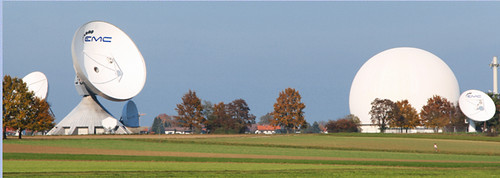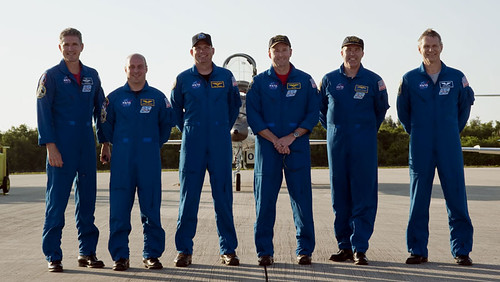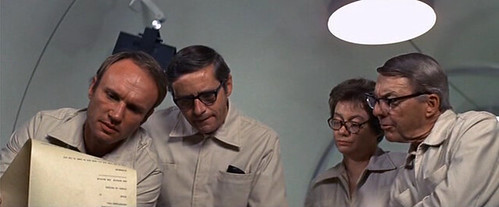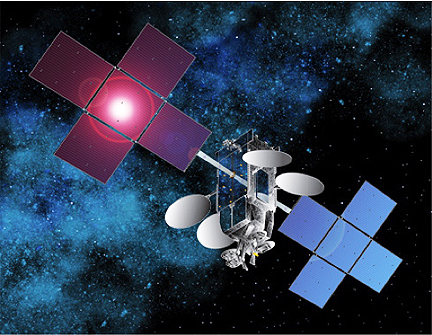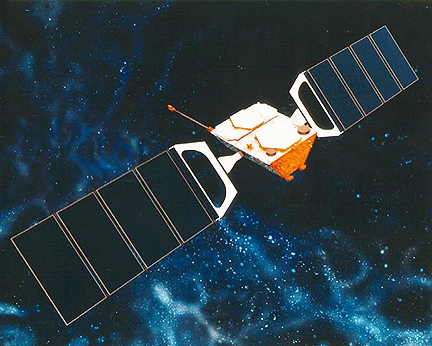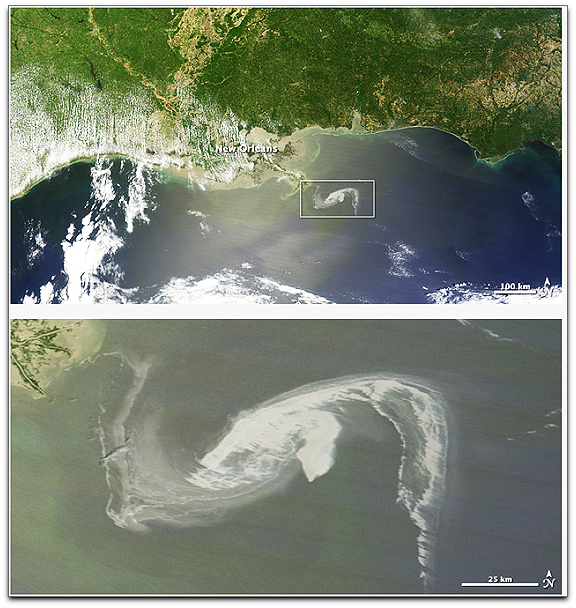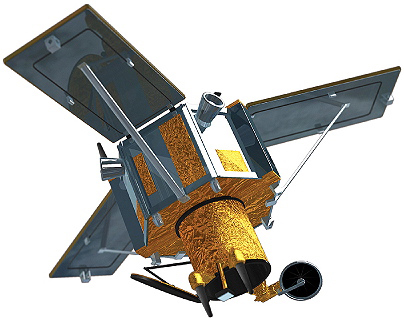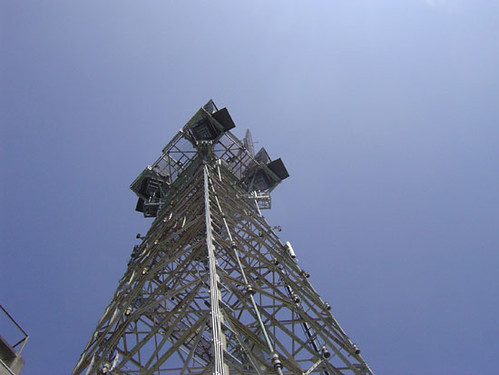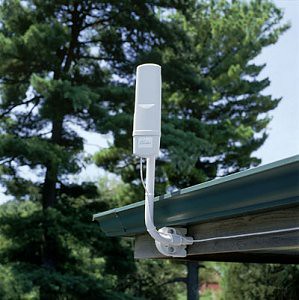Galaxy 15 stopped responding to ground controllers on April 5. The satellite’s manufacturer, Orbital Sciences Corp. of Virginia, has said an intense solar storm in early April may be to blame.
An adrift Intelsat satellite that stopped communicating with its ground controllers last month remains out of control and has begun moving eastward along the geostationary arc, raising the threat of interference with other satellites in its path, Intelsat and other industry officials said.
In what industry officials called an unprecedented event, Intelsat’s Galaxy 15 communications satellite has remained fully "on," with its C-band telecommunications payload still functioning even as it has left its assigned orbital slot of 133 degrees west longitude 36,000 kilometers over the equator.
Galaxy 15 stopped responding to ground controllers on April 5. The satellite’s manufacturer, Orbital Sciences Corp. of Virginia, has said an intense solar storm in early April may be to blame. It was launched into space in 2005.
The first satellite likely to face signal interference problems from the adrift Galaxy 15 is the AMC-11 C-band satellite owned by SES of Luxembourg and stationed at 131 degrees west, just two degrees away from Galaxy 15’s starting position.
Rob Bednarek, chief executive of the SES World Skies division, which operates AMC-11, said Intelsat and SES have been meeting since April 5 to coordinate how to minimize the Galaxy 15 impact on AMC-11’s media customers. [Spot satellites from Earth.]
Adrift in space
In an interview Friday, Bednarek said that while it remains unclear whether SES World Skies will be able to avoid a signal interference problem as Galaxy 15 enters the AMC-11 orbital territory, the company has benefited from full disclosure on the part of Intelsat, SES’s biggest competitor.
"The cooperation with them really has been very good," Bednarek said. "We all realize that we could be in the same position tomorrow. We are neighbors in space."
Alan Young, chief technology officer at SES World Skies, said the company’s best estimate is that Galaxy 15 will enter AMC-11’s neighborhood — meaning one-half of one degree distant — May 23. It will continue traveling at its own pace through the AMC-11 slot, exiting on the east around June 7.
Young said the period of May 31 to June 1 is going to be the riskiest time for AMC-11 customers as SES World Skies seeks to maneuver AMC-11 to the maximum extent possible out of the Galaxy 15 track while at the same time maintaining links with the company’s AMC-11 customers.
Tobias Nassif, Intelsat’s vice president for satellite operations and engineering, said Friday that the company, in concert with Galaxy 15 manufacturer Orbital Sciences Corp. of Dulles, Va., has sent between 150,000 and 200,000 commands to the satellite in the nearly four weeks since the satellite stopped sending or responding to commands.
These communication attempts, the equivalent of mild wake-up calls to return Galaxy 15 to service, have had no effect. As it moved all Galaxy 15 customers onto Galaxy 12, which was pulled into service from another orbital location, Intelsat at first focused on recovering Galaxy 15 to regular service.
Zombie satellites in space
On May 3, Intelsat will play what as of Friday appeared to be its last card by blasting Galaxy 15 with a more powerful signal intended not to salvage the satellite, but to force it into a complete shutdown.
That attempt will last about 30 minutes. It will not be repeated, both because a second attempt is viewed as unnecessary — the treatment works or it does not — and because sending out powerful radio frequency signals carries the risk of interfering with other satellites in the area.
Even if the May 3 action succeeds, Galaxy 15 will remain a problem as it continues to wander the geostationary arc. But it is a problem that satellite operators know how to deal with. Industry experts say there are several dozen spacecraft, sometimes called "zombiesats," that for various reasons were not removed from the geostationary highway before failing completely.
Depending on their position at the time of failure, these satellites tend to migrate toward one of two libration points, at 105 degrees west and 75 degrees east. Figures compiled by XL Insurance of New York, an underwriter of space risks, say that more than 160 satellites are gathered at these two points, which Bednarek described as the orbital equivalent of valleys.
"Unfortunately for us, we were downhill from Galaxy 15 as it rolls toward" the 105 degrees west libration point, Bednarek said.
Satellite signal stealer
Satellites like Galaxy 15 and AMC-11 are so-called "bent-pipe" designs that receive signals from the ground, amplify them on board and redistribute them to customers’ ground antennas. Emptied of its customers — except one, the U.S. Federal Aviation Administration, which uses an L-band payload on Galaxy 15 to guide aircraft landings — Galaxy 15 is no longer broadcasting. But its electronics payload is ready to capture and rebroadcast signals it receives that are intended for other spacecraft.
Young said that both SES and Intelsat are fortunate in this case because their two satellites’ customers are mainly media companies using fairly large antennas to communicate with the satellites. During the period of maximum danger for AMC-11, SES expects to be able to reroute customer signals to SES-operated teleports with still-larger antennas to maintain communications links.
Nassif said Intelsat and Orbital Sciences have solicited outside opinions from other satellite manufacturers on possible maneuvers that might return Galaxy 15 to control or force it to shut down.
"The fact is that this is the first major anomaly on an Orbital-built satellite," Nassif said. "Other manufacturers have been through problems and might have something to suggest to us."
Because nothing like this has happened before, Intelsat remains uncertain as to when Galaxy 15, as its Earth sensor realizes it is no longer in the desired position, might lose its Earth-pointing capability. That would lead to its solar arrays losing their lock on the sun. Within hours, the satellite’s batteries would discharge and the spacecraft would shut down on its own.
While cautioning that the company is revising its most-likely-scenario thinking almost on a daily basis as it gets input from Orbital Sciences and others, Nassif said the current estimate is that Galaxy 15 will lose Earth pointing by late July or early August.
As luck would have it, that timetable would mean the only other satellites in Galaxy 15’s C-band frequency that face interference issues are owned by Intelsat.
After it leaves the vicinity of AMC-11, Galaxy 15 is expected to approach Intelsat’s Galaxy 13 satellite, at 127 degrees west, around July 13. On July 30, it will enter into the Galaxy 14 satellite’s orbital territory at 125 degrees west before heading toward Galaxy 18 at 123 degrees in mid-August.
"We are in regular contact with all our customers of these satellites to keep them apprised of the situation," Nassif said.
